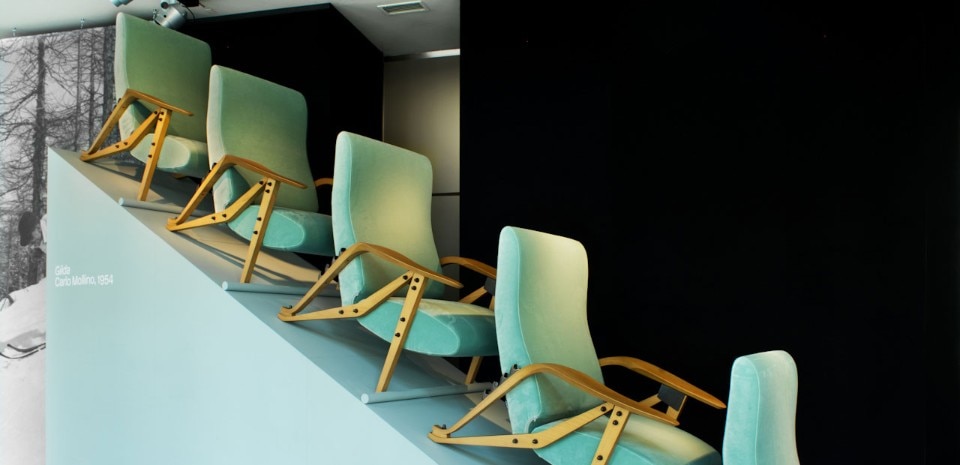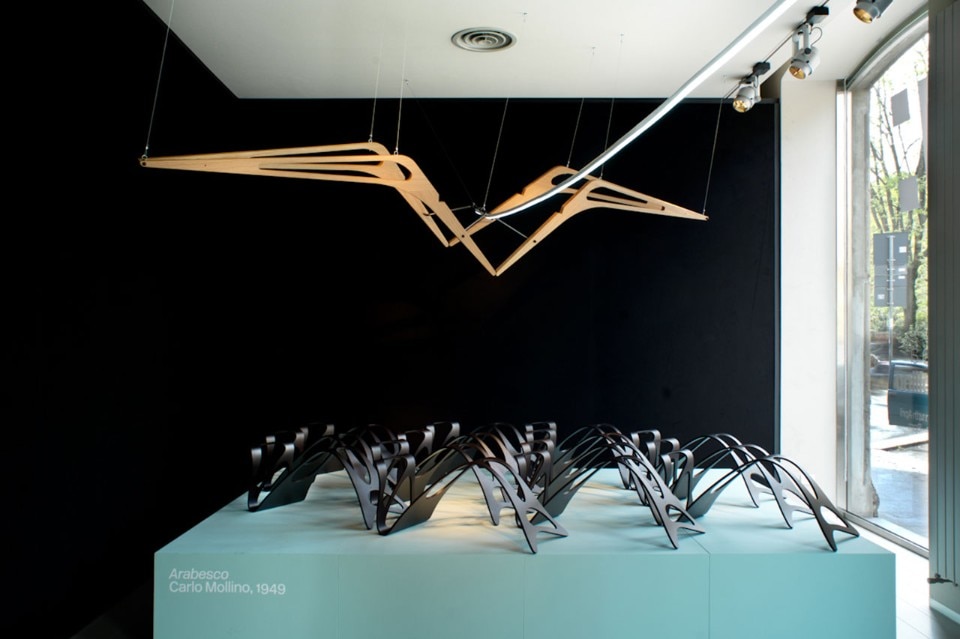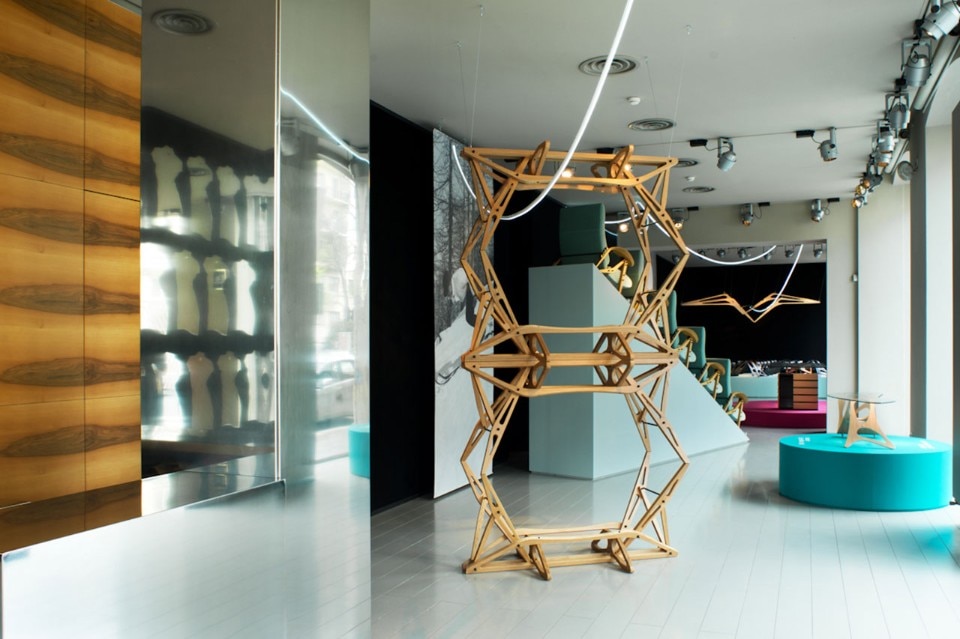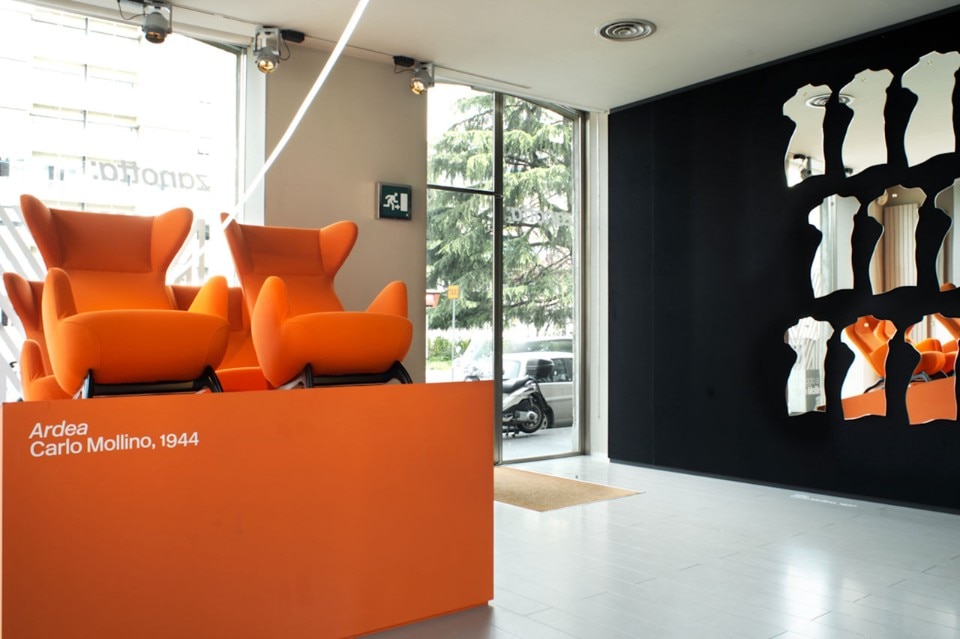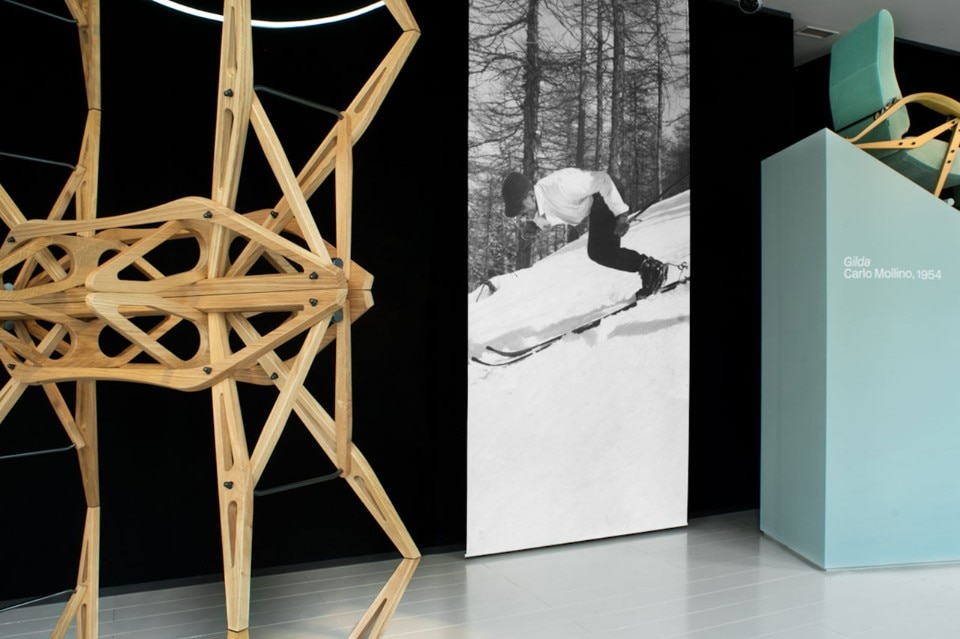
“Omaggio a Carlo Mollino” is precisely the title of an exhibition organised under the curatorship of Beppe Finessi at the Zanotta showroom in Milan, in remembrance of the brilliant designer.
The show is an opportunity for a full immersion into Mollino’s world, full of curved contours and organic frameworks. “His was an impassioned world and an intense life, lived as a challenge to the official historiography of design, which had difficulty classifying its leading figures,” states Finessi.
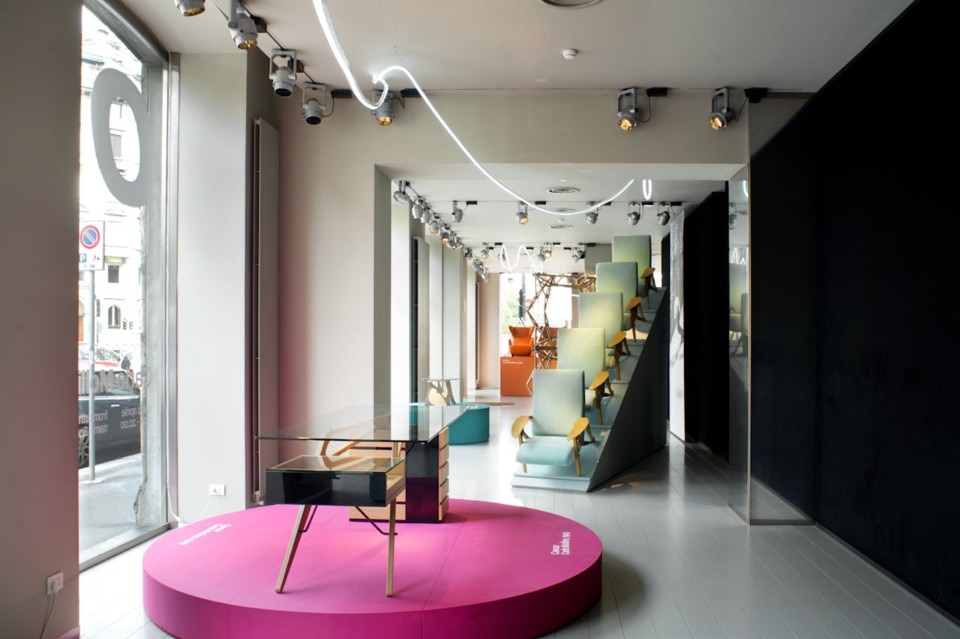
14–19 April 2015
Zanotta
piazza Tricolore 2, Milano


